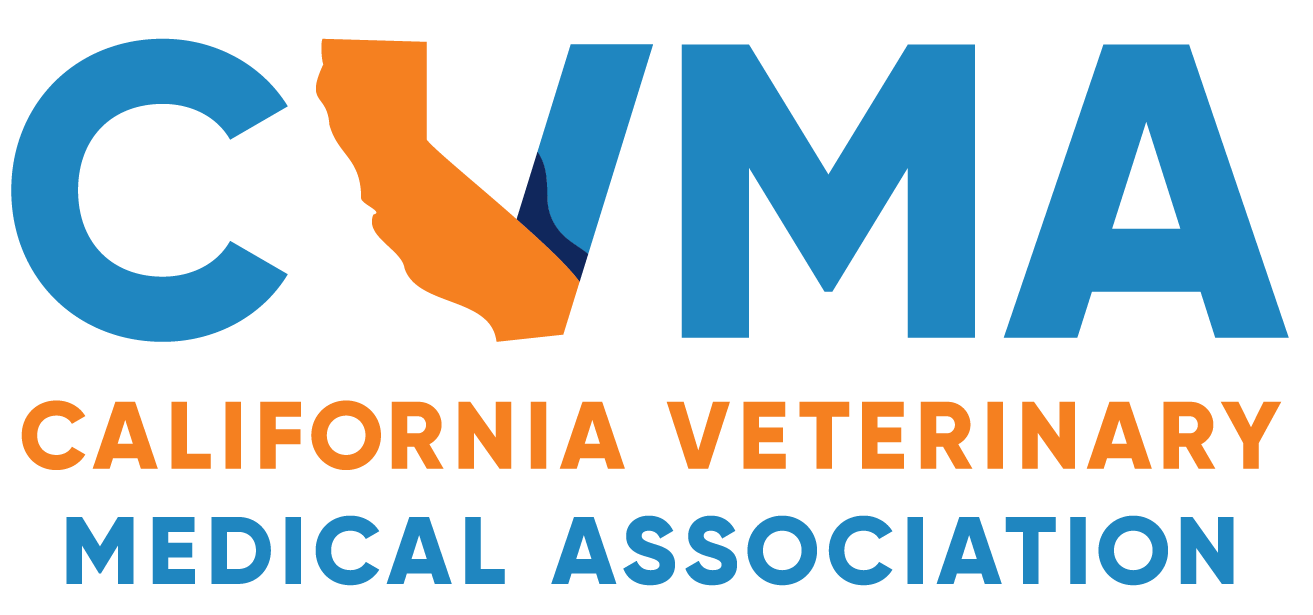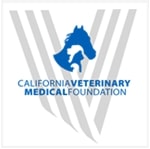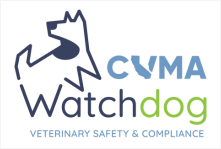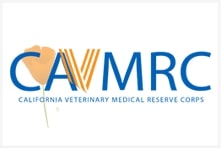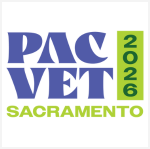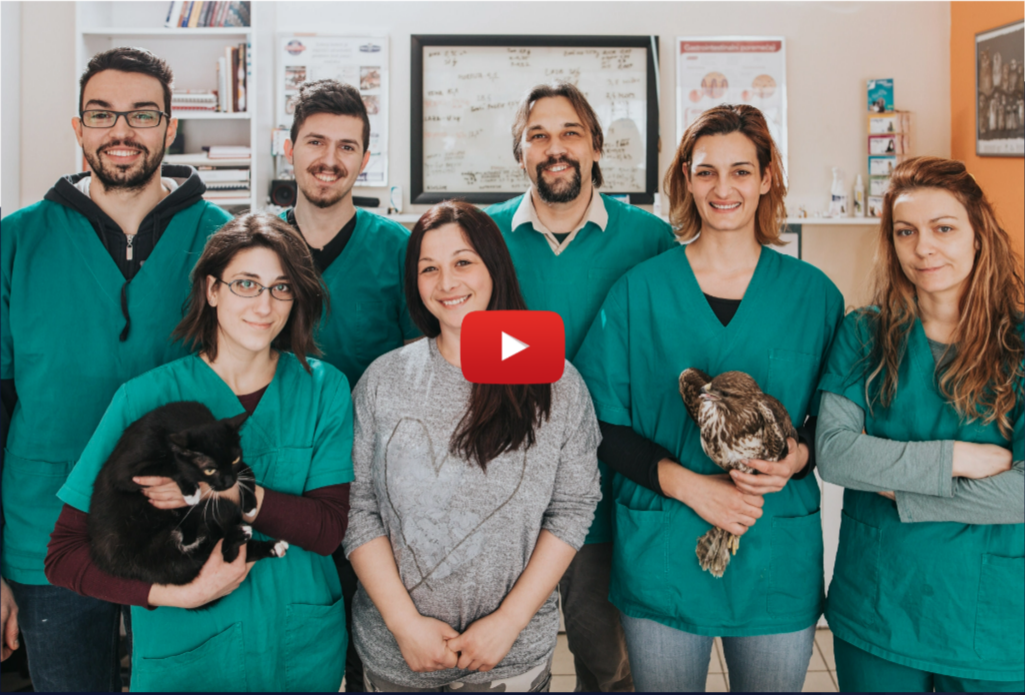This article was originally printed in the July/August 2025 issue of the California Veterinarian magazine.
Wildfires have become a frequent and heartbreaking reality in California. As of May 6, 2025, Cal Fire reports 63,677 acres burned and 16,251 structures destroyed by 1,292 fires this year alone. Many Californians have and will continue to face evacuation and loss, making this an increasingly challenging problem.
Wildfires can not only devastate our homes, businesses, communities, and beautiful landscapes, but can also significantly affect air quality, posing serious health risks. Wildfire smoke contains harmful chemicals and particles from burning trees, vegetation, structures, and vehicles. While outdoor workers are more at risk, everyone can be exposed and should know how to protect themselves.
The smallest and most harmful particles are called PM2.5. When the Air Quality Index (AQI) for PM2.5 reaches 151 or higher, the air is considered “unhealthy.” To check the AQI in your area, you can download the free EPA AirNow app on your smartphone or access it online at airnow.gov. The app provides the AQI and rates air quality as Good, Moderate, Unhealthy for Sensitive Groups, Unhealthy, Very Unhealthy, and Hazardous. Many other free apps provide similar information.
If the AQI becomes unhealthy, there are several steps you can take to reduce exposure and protect health. If you are unable to determine the AQI, other triggers that indicate it’s time to take precautions are visible ash and/or the smell of smoke. If any of these triggers are met, protect yourself by:
- Remaining indoors with windows and doors closed
- Avoiding vigorous physical activity
- Avoiding the use of a whole-house fan or a swamp cooler with an outside air intake
- Using a disposable respirator (N95 or P100, not a bandana or surgical mask) if you must be outdoors in smoky conditions
- Running your A/C if you have one or a portable HEPA air purifier
- Avoiding use of wood burning appliances, including fireplaces, and combustion sources like candles and incense
With regard to outdoor work, California Code of Regulations, Title 8, Section 5141.1 “Protection from Wildfire Smoke” applies to worksites whenever the current AQI is 151 or greater, and the employer should reasonably anticipate that employees may be exposed to wildfire smoke.
For veterinary practices with outdoor operations who meet the above triggers, the provisions of the standard apply and are summarized below, based on Section 5141.1:
- Communicate wildfire smoke hazards clearly to employees and encourage them to report any hazards
- Train employees on wildfire smoke protection according to Section 5141.1 Appendix B
- Implement engineering controls to reduce PM2.5 exposure, such as providing enclosed, filtered-air structures or vehicles
- Adjust work procedures or schedules when engineering controls are not feasible, like changing work locations or times
- Provide proper respiratory protection (such as an N95 respirator or a better NIOSH-approved respirator). Note, the employer must provide a sufficient number of respirators for employees to use on a voluntary basis when the AQI hits 151 but does not exceed 500. The employer must require employees to use respirators when the AQI is greater than 500.
By taking these measures, employers and employees alike can protect themselves from the harmful effects of wildfire smoke.
In partnership with

